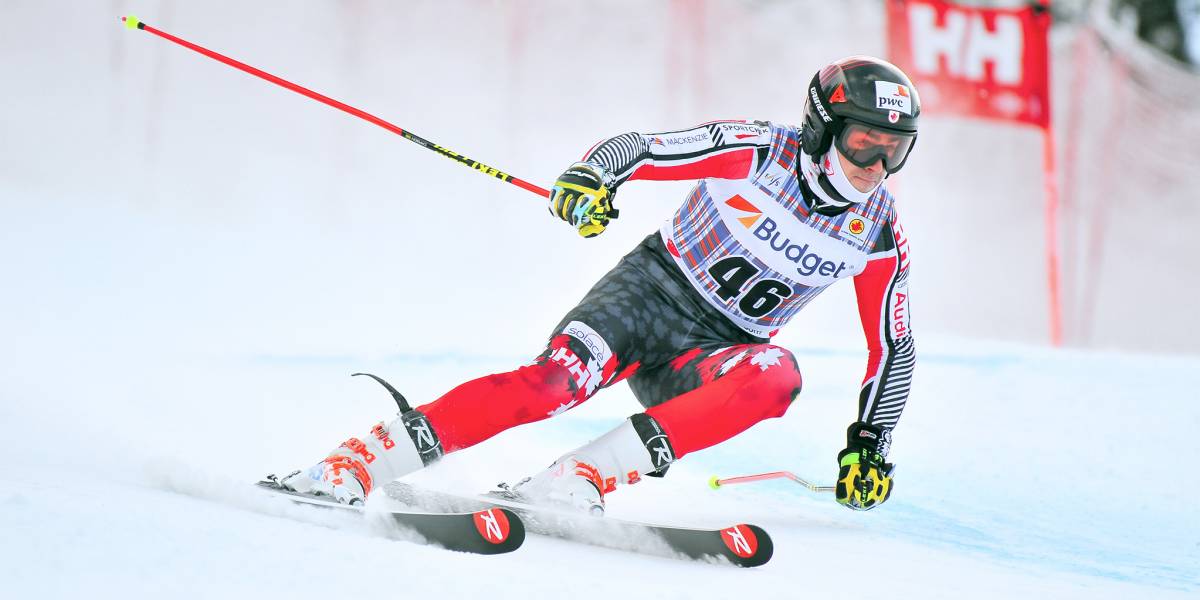Train to Race
BUILD THE SKI RACER & OPTIMIZE THE ENGINE
The start of the Train to Race stage is dependent on skiing skill and physical fitness, growth and maturation. Ski racers in this stage have completed their adolescent growth spurt. In the Train to Race stage, skiers are refining their technique and tactics through training and competition in a variety of events including downhill, super G, giant slalom, slalom, super combined, alpine team event and ski cross.
At the beginning of this stage, ski racers are starting to compete in local, regional and national level FIS races. As their competition skills develop and become more refined, near the end of this stage ski racers are seeking to be competitive internationally in FIS racing which will promote their formal entrance the gold medal pathway and national team status.
Training programs at this stage are individualized, and athletes will begin to specialize in their strongest discipline towards the end of the stage.
- Boys After adolescent growth period
- Girls After adolescent growth period
- Dependent on skiing skills & fitness
- Club through Provincial Team Level

Key Concepts
- Entrance into this stage is dependent on skiing skill and physical fitness progress and beyond the adolescent growth spurt.
- Participants enter this stage based on individual commitment, volume and intensity of training, and performance results.
- Participate in year-round, high-intensity, individual event specific training with specialized coaching in a dedicated training environment.
- Specialize in one sport and participate in complementary sports for the development of ski specific skills.
- Learn to perform skills under a variety of competitive conditions.
- Compete at a national level and develop international competition skills and abilities.
- Ski racers have a periodized yearly training plan, and ski racers are encouraged to complete sport-specific technical, tactical and physical fitness training nine to 12 times per week, with four to six of those training days on-snow.
- Optimize recovery and regeneration with scheduled (periodized) time for regular recovery and developing mental fitness.
- Optimize and balance sport, work/school, and family/friend life obligations.
- Athletes may transfer from one skiing discipline to another sport during this stage; transferring athletes may require remedial technical/tactical development to compete.
REFERENCES:
ACA LTAD Training and Competition Focus Matrix
ACA LTAD Training and Competition Volume Matrix
ACA LTAD SX Progression Matrix
ACA LTAD Para-Alpine Progression Matrix
Sport for Life - Long Term Development in Sport & Physical Activity 3.0. Higgs, Colin & Way, Richard & Harber, Vicki, Jurbala, Paul, Bayli, Istvan. (2019). Long-Term Development in Sport and Physical Activity 3.0. Canadian Sport for Life. ISBN: 978-1-927921-62-3.
Actively Engaging Women and Girls
Sport for Life No Accidental Champions: LTAD for Athletes
with a Disability (2nd Edition)
Sport for Life for all Newcomers to Canada
Sport for Life Aboriginal Long–Term Participant Development Pathway 1.1


